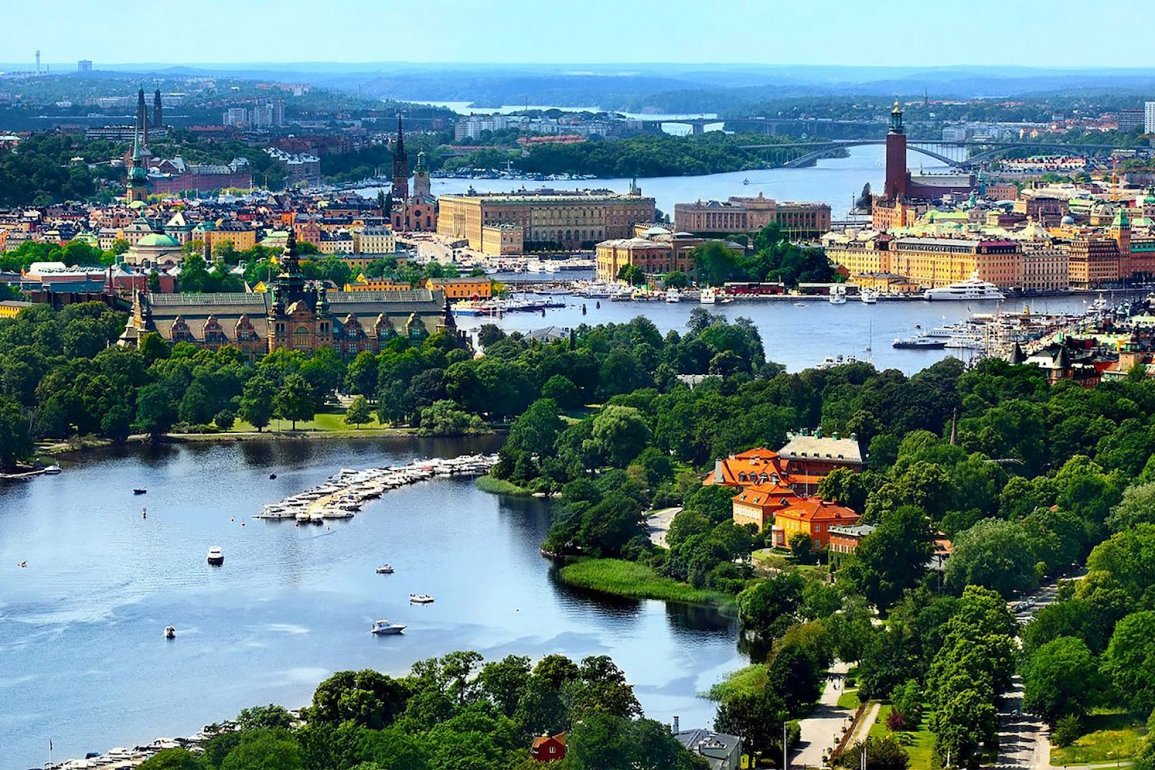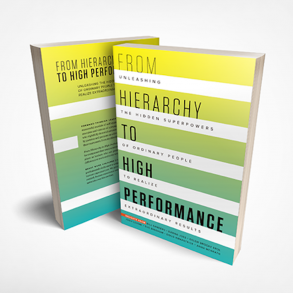By Marilyn Hamilton for Enlivening Edge Magazine
On the way to co-creating an Integral City—one that is TEAL/YELLOW[i] in its design, operation and regeneration—we will have to recalibrate our understanding of what a Green City is. If we can set the standards for a fully sustainable Green City governed by GREEN values, then we can backcast our action agenda for the next 12 years that the IPCC sets as our target for effecting climate change action.
The term Green City can be understood in two ways: GREEN as defined by Spiral Dynamics Integral (SDi) and Green as referenced in the global conversation about sustainability.
GREEN (spelled all in capitals) as used by SDi in the context of this article means a level of complexity for governance that sees the world in terms of plural values, environmental awareness, compassion, acceptance and social equity.
Green (with capital “G” only), according to Wikipedia, relates to sustainable Green Cities. “Sustainable cities which feature urban sustainability… designed with consideration for social, economic, environmental impact, and resilient habitat for existing populations, without compromising the ability of future generations to experience the same. These cities are inhabited by people who are dedicated towards minimization of required inputs of energy, water, food, waste, output of heat, air pollution – CO2, methane, and water pollution.”
Many cities in the world are aspiring to be Green. Chicago might have started the trend by creating a city with the most green roofs—thereby actually accomplishing a drop in the average temperature of the city by removing the heat sink of black, impervious, heat-generating materials on rooftops.
Chicago’s sustainability guru behind that idea, Sadhu Johnson, then moved to Vancouver, Canada. Shortly thereafter Vancouver set its intentions to become the “Greenest city in the world”.
What did they mean by becoming a “Green city”? Vancouver started by focusing on Green infrastructure—not only Green spaces/parks, Green rooftops, Green streets/landscapes and Green nature: planners would ensure that all government buildings, transportation, utilities, water systems, and waste management would use Green operating principles.
Vancouver has even gone on to create an Action Plan for 2020 that would encompass clean water, clean air, a lighter footprint, and local food.
But has Vancouver (or any other city) gone the full distance to target, encourage, enable and support the organizations in its boundaries to become GREEN/Green organizations?
Every city has clusters of organizations who have the power to move from the “surface” Green of infrastructure and the built environment to the “deep” GREEN/Green of impacting stakeholders.
Integral City would call those stakeholders the 4 Voices of the City: Civic Managers (the ones who enable the operation of the Green city infrastructure and systems), Business Innovators, Civil Society and Citizens.
Each of these Voices has the capacity to inquire, act, and impact the Green/GREEN values, behaviours, relationships and products/services of their stakeholder organizations (and their own personal conduct).
When we are considering the qualities of a TEAL/YELLOW organization, as described by Laloux, we are looking at its capacity to flex and flow through all its functions in service to a purpose. In an Integral City those organizations would be contributing to an overarching city purpose [see that discussion here].
But our understanding of evolutionary emergence should impel us to examine: What are the preconditions that precede the Integral City?
And it would seem that they arise in the stage of consciousness development called GREEN (by Spiral Dynamics Integral and by Laloux.) So, when we consider a GREEN or Green City, would it not be natural for us to expect to survey a landscape of primarily “GREEN and Green ” organizations?
We need to ask; how does a Green organization contribute to a Green city? It is essentially an organ within the city that enables it to function as a sustainable city (see previous article).
We would often call these organizations “sustainable”. But they are not all sustainable at the same level of capacity. Rather, they are situated along a spectrum of qualifications where a range of metrics measures the sustainability of the environmental, social and economic dimensions.
Their metrics are often defined in terms of a Triple Bottom Line defined by Economy/Profits, Environmental-Eco-effectiveness and Social Equity. (Bob Willard calls this a 3-legged stool.)
But while they measure current conditions, rarely do such organizations take responsibility for the need for full environmental, economic or social recovery and rehabilitation caused by their (or their supply chains’) early existence (like pollution, strip mining, deforestation, desertification, homelessness, job loss, health challenges, etc.)
In the developed world, many governance systems have set out the parameters for sustainability through compliance standards. And organizations who want to count themselves as sustainable are the ones who source, use, manage, and monitor those standards.
The organizations determine to what degree they are complying with the expectations of Green standards. Compliance with such standards can influence a corporation’s market value (or capitalization).
But while individual organizations strive to meet these standards because of shareholder and/or market pressure, few corporations demand that their supply chain supports the same rules of engagement and can be proven/verified to be equally as Green as the “primary” organization.
So, by these measures for organizations, very few cities would even come close to being considered sustainable or Green in terms of organizational supply chains.
As the era of the sustainable organization and city matures—especially because of the pressure of climate change and global expectations established by city associations (like Smart Cities, Resilient Cities, C40, ICLEI)—what is needed is a Green supply chain standard that is comparable to the “SDi ORANGE” performance standard known as ISO: The International Organization for Standardization.
ISO is an international standard-setting body composed of representatives from various national standards organizations. (Wikipedia). ISO became the standard that enabled globalization of the major manufacturers and producers in a framework that was internationally accepted for standards of quality, accountability, and performance.
It is time now for the Green supply chain within and between city organizations to establish the standards for sustainability that will set a baseline for “Green performance”.
In an earlier article I asked readers to respond with information, so I could see the cities with more TEAL Organizations than others, so I could show you the cities most likely to emerge the qualities of an INTEGRAL City: being holistic, evolutionary, living systems.
Now I’d rather ask you: Show me the cities who have made the commitment to Green sustainability standards not only in their governance sector but in their business supply chains, civil society and citizens’ residences and quality of life.
Once that is established, then the Green level of performance needs to be deepened with GREEN values to embrace regenerativity.
Then the organizations responsible for pollution, resource over-extraction and even “ecocide” (per Polly Higgins) commit to the recovery and regeneration of the planetary resources. This would entail cities taking responsibility for the recovery and wellbeing of their ecoregions.
Only when these standards of Deep GREEN/Green and Deep Ecology have become normalized, will we have the platform for the TEAL/YELLOW Integral City to emerge.
If the IPCC’s Climate Agenda for required change in the next 12 years implies real urgency, that is about the timeframe we should set for the full implementation of Green ISO’s and GREEN governance systems—and therefore the timeframe we have to backcast our Action Agenda for Integral City emergence.
[i] The stage of consciousness development termed INTEGRAL/YELLOW as defined in the Spiral Dynamics framework and TEAL as described by the SpiralDynamicsIntegral framework used by Frederic Laloux in the book Reinventing Organizations.
Enlivening Edge is happy to be an affiliate partner of Integral City which is offering these three courses at Findhorn College, Scotland this year and next year:
Beyond Complexity: Integral City Care Context & Capacity 2019 Sept. 14-17
Beyond Smart: Integral City Practices Tools & Maps 2020 Dates tba
Beyond Resilient: Integral City Inquiry, Action & Impact 2020 Dates tba
 Marilyn Hamilton, PhD, is a city (or Human Hive) evolutionist, futurist, PRAQtivist, author, and researcher. She reframes complex challenges designing inquiry, action and impact as integral, evolutionary and living systems. Through care for self, others, place and planet she believes cities can become “Gaia’s Reflective Organs”. [email protected].
Marilyn Hamilton, PhD, is a city (or Human Hive) evolutionist, futurist, PRAQtivist, author, and researcher. She reframes complex challenges designing inquiry, action and impact as integral, evolutionary and living systems. Through care for self, others, place and planet she believes cities can become “Gaia’s Reflective Organs”. [email protected].
Featured Image/graphic link




